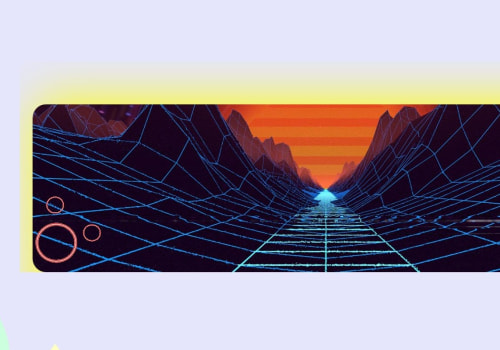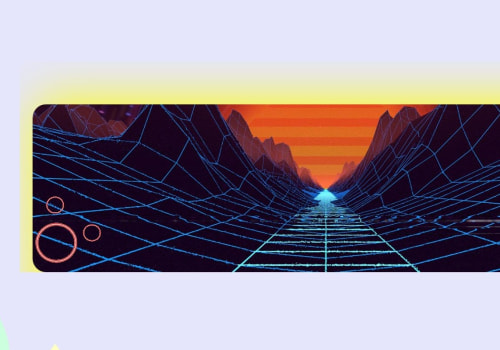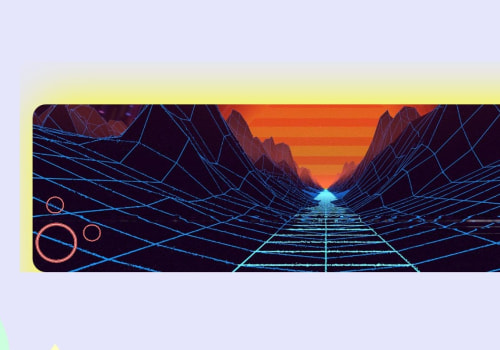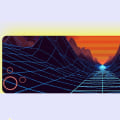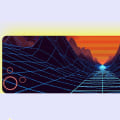Most publishers and ad networks accept GIF banners; ad networks like Google are accepting it. But make sure that the maximum size is 150 kb. They may contain animations, but these animations must last 30 seconds or less.
GIF
and HTML5 ads display completely differently. When GIFs are in motion, they have to re-render each pixel during playback time.Each frame can easily be 70 kb, and the more frames you display, the larger the final file size. On the other hand, HTML5 ads only change part of the file, such as a single layer or element. The rest of the ad stays the same, making HTML5 ads much smaller than animated GIFs. Since most ad networks or demand side platforms (DSPs) have a limit of 150 kb, it is wise to choose HTML5 instead of GIF. GIF images work well when the graphic has large areas of uniform color, such as logos and illustrative elements.
Since GIF is an 8-bit format, it works well with images that are composed of a limited number of colors. The GIF format is not ideal for images rich in color and texture. That's not to say that GIF banner ads don't have a time and a place; there are some benefits to using them. GIF animated banners can be cyclical, with circular or finite reproduction, stopping after one or more plays. We have designed banners for Google Display Ads, Facebook, LinkedIn, Google Ads, Yahoo Network, AdRoll, BuySellads and other popular marketing platforms. Therefore, if you have a simple and brief message to convey, a static banner may be more suitable for your campaign.
As with any marketing tactic, there are advantages and disadvantages when it comes to marketing with static banner ads. This is precisely why familiarizing the audience with subtle GIF banners and gaining their trust, unconsciously reverses their psychology. Despite the fact that there is some complexity in creating HTML5 banner ads, there are many benefits to using this format. All resources that accept GIF banners have clear restrictions on the weight of these files and the speed of their change and, therefore, on the number of images incorporated. Banners can be placed in the optimized regions of a website and are categorized into leaderboards, traditional banners (336 × 280), and Facebook ads, such as news announcements and right-hand ads. Now that you understand everything about GIFs, HTML5s and IBVs (Internet Banners Versions), let's discuss the pros and cons of using animated banners in marketing. Banner ads come in all sizes; there is no one-size-fits-all formula for all animated GIF ads.
Chances are you've seen them: Ad banners appear on more than 2 million websites on the Google Display Network alone. When it comes to banner copy, always keep the word limit lower than 10 because banners have a comparatively smaller space and you can't be generous with text. In conclusion, animated GIF banners can be an effective way to capture attention and communicate your message quickly. However, it's important to consider the size limitations when creating your banner ad. HTML5 banners are often more efficient than GIFs due to their smaller file size.

